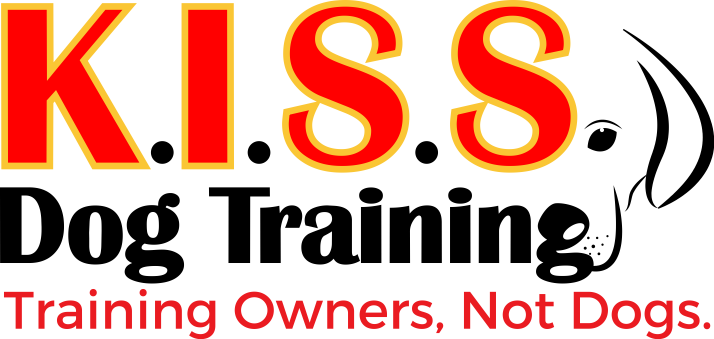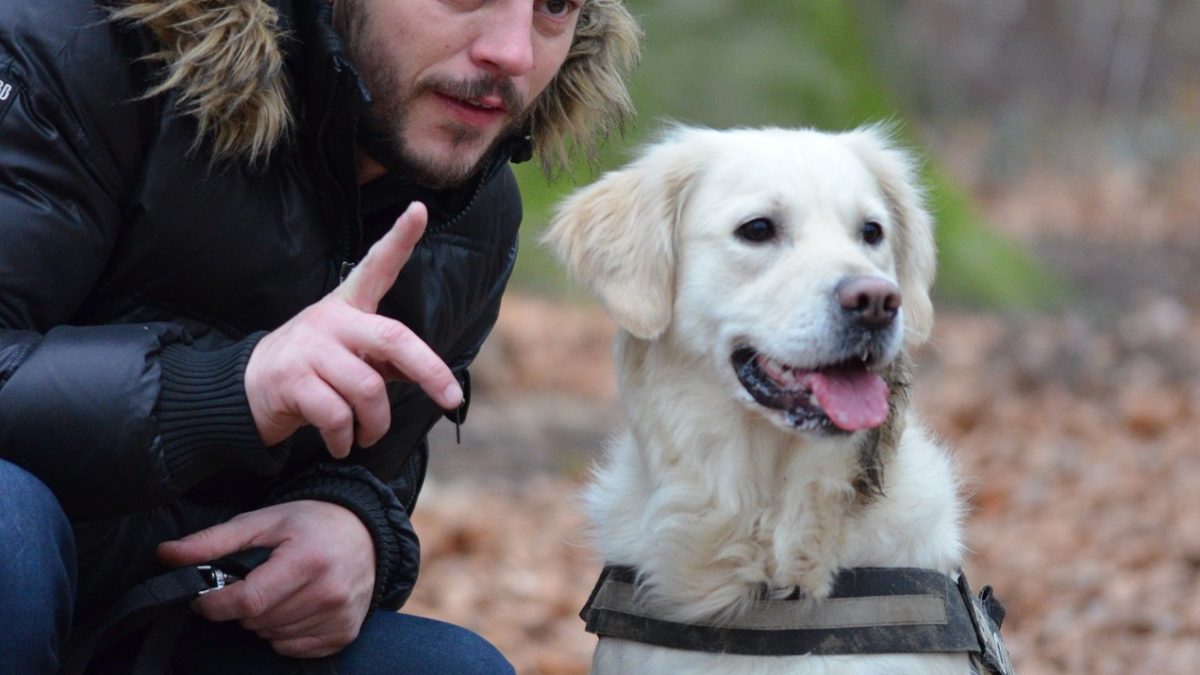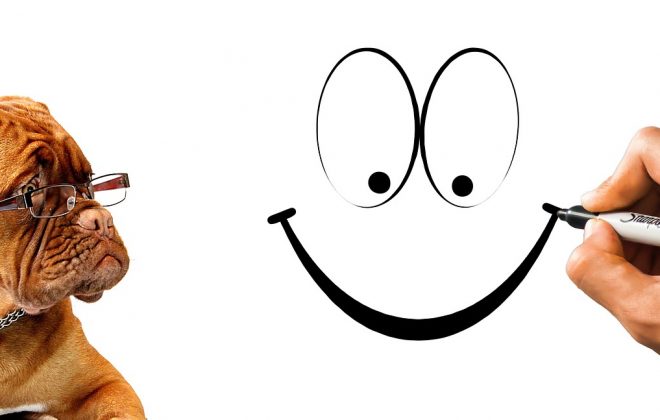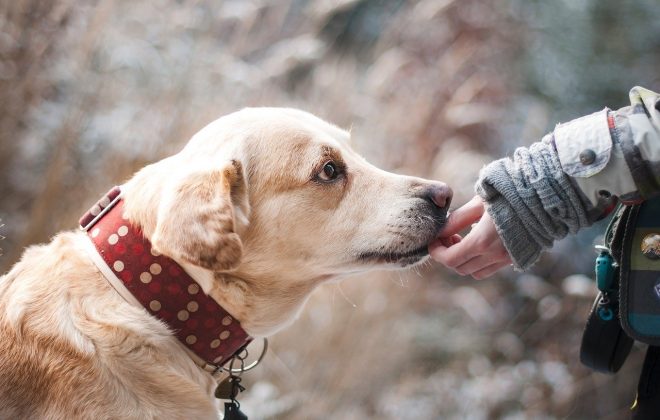Training Terminology 3 – Release Word (s)
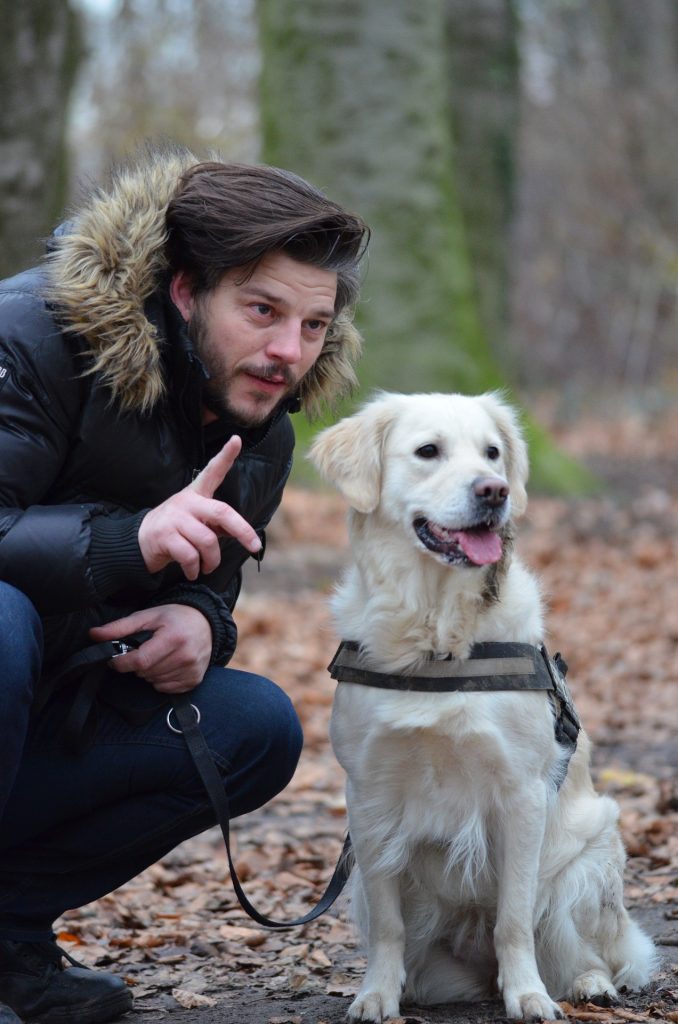 We know how to tell our dogs what we want them to do (see Training Terminology 2 – Cues.) So how do we let our dog know when we (and they) are done? This is one of the most forgotten parts in dog training, but if you ask me it is very important! We must use a release word. Trainers must have a sound or word (or maybe even a hand signal) that tells our dog they are done working. I simply use the words “all done.” Some popular choices are “well done”, “go play”, “free dog” and “release”. Heck, I don’t care if you say Pavlov as long you are consistent with it. Remember, DOGS DON’T SPEAK ENGLISH!
We know how to tell our dogs what we want them to do (see Training Terminology 2 – Cues.) So how do we let our dog know when we (and they) are done? This is one of the most forgotten parts in dog training, but if you ask me it is very important! We must use a release word. Trainers must have a sound or word (or maybe even a hand signal) that tells our dog they are done working. I simply use the words “all done.” Some popular choices are “well done”, “go play”, “free dog” and “release”. Heck, I don’t care if you say Pavlov as long you are consistent with it. Remember, DOGS DON’T SPEAK ENGLISH!
I will warn you not to use words like “OK” or “Good Dog” as your release word and here is why! Let’s say you are in a big box pet store buying dog food (40 pound size) you have your dog on a leash in one hand and the other has the bag of food. You get to the register and put your very well behaved dog in a down stay so you can swipe your card and sign the receipt…enter stage left, your neighbor comes in and says “Fido what a Good Dog!” Guess what, your very well behaved dog was just released and now is running head long into the parking lot to say hello to the world.
Obviously this situation is not funny and, in fact, it is potentially life threatening for your dog. With that in mind, let’s agree that it is better to have a somewhat unique release word(s) instead of a common word or phrase. Heck, come up with a nonsense word if you want. I have a friend who is a huge Jimmy Buffet fan and she uses “Parrot Head” as her release words. Have fun with it!
So, once you have decided what you are going to use for your release word(s), how do you teach your dog that they are done working when you say it? It is important that you get in the habit of using your release word(s) when your dog is done working. Again, consistency is essential. This really is not that complicated. Simply put, the dog is not offered the reward immediately after doing the requested behavior, but is offered the treat when the release word is spoken. This lets them know the requested behavior is complete and now they will get their reward. This will help improve your dog’s impulse control and be a big step in building a solid stay cue (more info to come in the blog post on stay.)
It is extremely important to keep in mind that when you first teach the basic commands (watch me, sit, down and stay) do not make the time between the requested behavior and the release very long as this could confuse the dog. As a general rule, when starting training with a dog, the faster the time between the dog completing the behavior and you giving the reward the better. As the dog masters the commands, we can begin to add the release words, incorporating duration into our dog’s repertoire. (See future posts on the 3-D’s; Duration, Distance, Distraction.)
One very important piece of advice to remember…if you are using clicker training (which I strongly recommend) make sure to click as your positive marker only!! The click must happen immediately after the requested behavior occurs to tell the dog what they did was correct. This not only marks the dog for doing well, but becomes an intermediary signal to the dog before the release word and the reward. Some novices will click the moment the rump hits the ground, and then reward…so what is the release? The click, in this case, became both marker and release. If that happens, it will make distance stays really tough in the not so distant future. The marker (click) and release (word or phrase) need to be distinctly different and separated by time (duration) so they become separate commands. If we look at the command “sit”, the order of events should be…rump hitting the ground, click (which tells the dog what they did was right), the release (command finished) then rewarding the dog (good job Fido!)
Related Posts
Search Blogs
Most Popular Posts
Best Selling Books
K.I.S.S. Dog Training proudly serves the Kansas City Metro, Overland Park and Surrounding Areas. 40 miles, 20 miles each way from Shawnee, KS is included for In-Home Sessions... Over that mileage is an additional charge of $1.00 per mile... Call with Questions
Contact Us Today!
K.I.S.S. Dog Training
Shawnee, Kansas
(913) 269-7595
